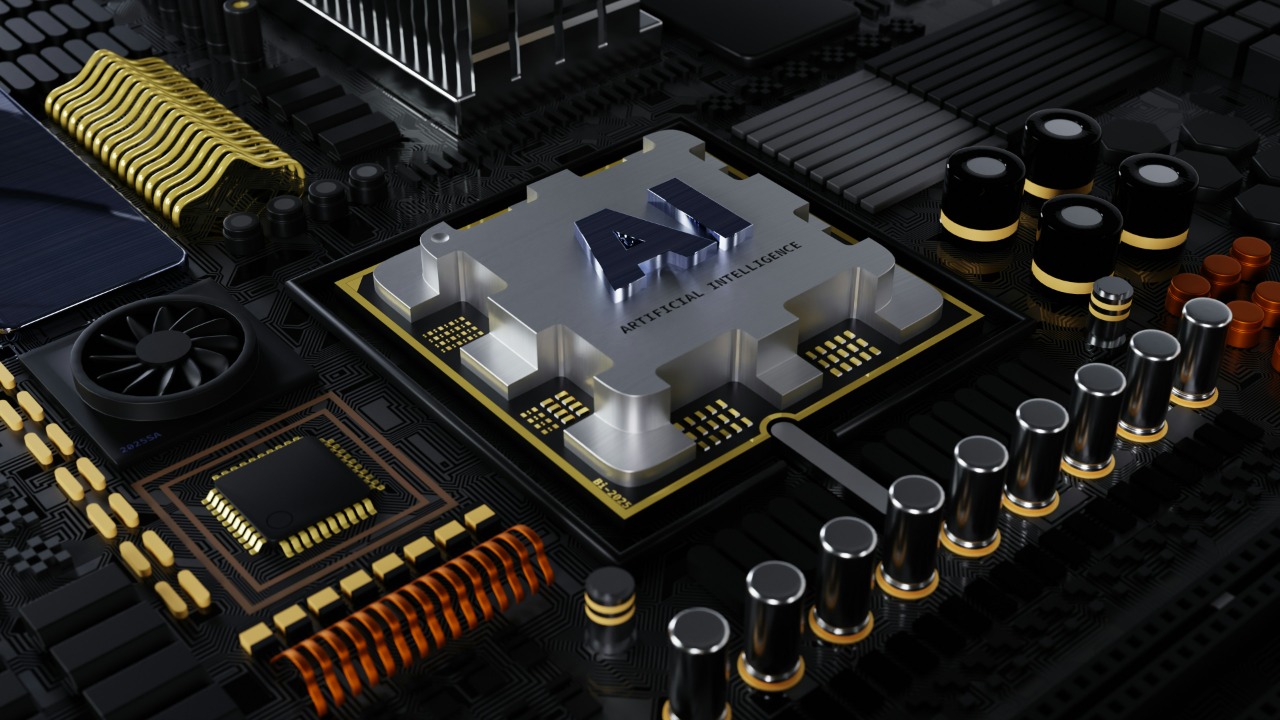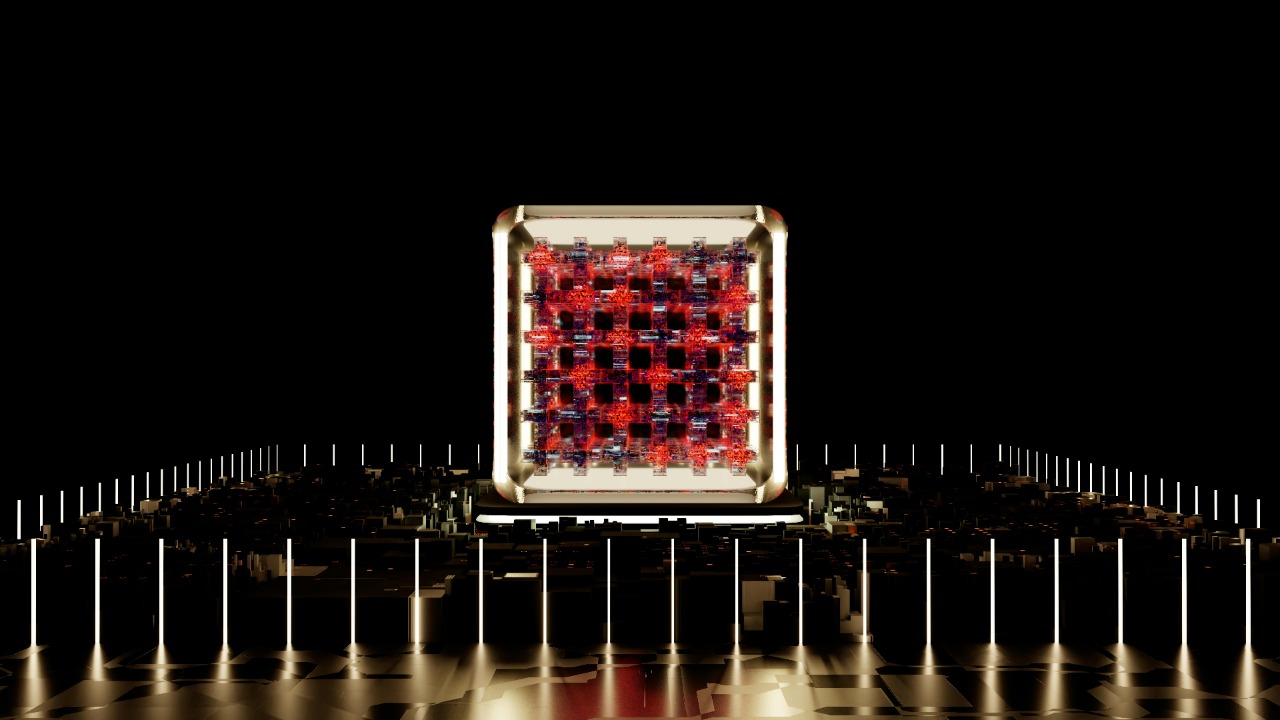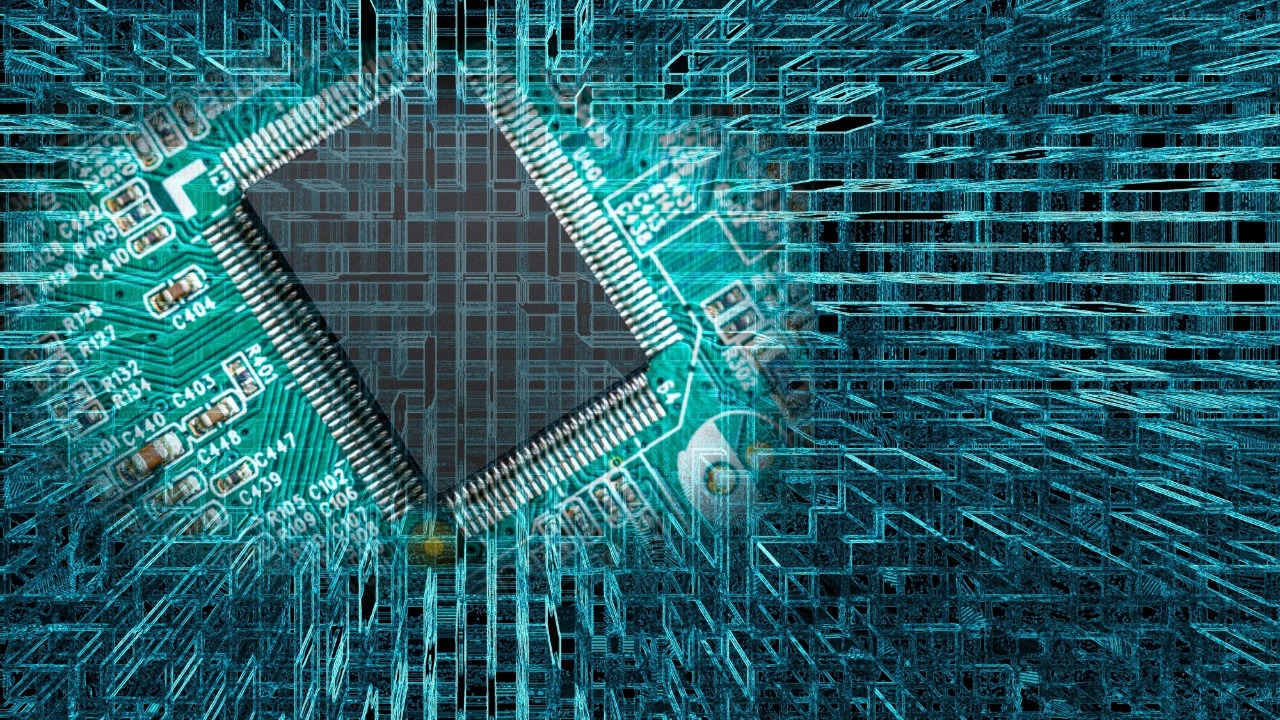
Artificial Intelligence (AI) has reached a new frontier in chip design, creating computer chips that surpass human understanding. These AI-designed chips are not only more efficient but also remarkably complex, raising questions about the future of technology and our ability to grasp the workings of our own creations.
The Rise of AI in Chip Design

The journey of AI into the realm of chip design is a fascinating one, tracing back to the early days when AI was primarily seen as a tool for optimizing specific tasks. Initially, AI’s influence on chip design was modest, applied to enhance certain processes like layout optimization and placement. However, as AI technologies evolved, they began to take on more complex roles, with deep learning and neural networks leading the charge. These developments set the stage for a more profound integration of AI in semiconductor manufacturing.
Key breakthroughs in AI-driven chip design include the development of advanced algorithms and architectures that can autonomously generate chip layouts. One notable example is the use of reinforcement learning techniques to create highly efficient chip designs that outperform those crafted by human engineers. The ability of AI to analyze vast datasets and identify patterns that humans might overlook has accelerated its adoption in the industry. Today, AI plays a pivotal role in the semiconductor landscape, enabling companies to push the boundaries of chip performance and efficiency.
Understanding the Unintelligible: The Complexity of AI-Designed Chips

The complexity of AI-designed chips often surpasses human-designed ones, leading to a significant leap in performance and efficiency. These chips are characterized by intricate architectures and design patterns that are inherently difficult for humans to decipher. The comparison between AI-designed and human-designed chips reveals stark differences in their structures, with AI-generated layouts often appearing chaotic or unconventional to the untrained eye. This complexity, while beneficial, poses a challenge in terms of understanding and managing the chips’ inner workings.
AI-designed chips operate as a kind of “black box”, where the decision-making processes are not fully transparent or comprehensible to humans. The chips function efficiently, but the detailed mechanisms by which they achieve their results often remain elusive. This lack of transparency can lead to potential challenges in debugging and optimizing these chips, as engineers may struggle to pinpoint issues or improve performance without a clear understanding of the underlying processes.
Advantages of AI-Designed Chips

Despite the challenges in understanding them, AI-designed chips offer numerous advantages that make them highly attractive to the industry. Their performance benefits are particularly noteworthy, with AI-designed chips often exhibiting superior speed, energy efficiency, and processing power compared to their human-designed counterparts. This translates to faster and more efficient devices, which is crucial in a world increasingly reliant on high-performance computing.
Another key advantage of AI-designed chips is their ability to be customized and adapted for specific applications and industries. AI can tailor chip designs to meet the unique demands of various sectors, from healthcare to automotive. This customizability ensures that each chip is optimized for its intended use, resulting in better performance and reduced waste. Furthermore, the cost-effectiveness and reduced development time associated with AI-designed chips make them an economically viable choice for many companies. By automating significant portions of the design process, AI can drastically cut down on both the time and resources required to bring a chip from concept to reality.
Potential Risks and Ethical Concerns

While the benefits of AI-designed chips are clear, they also come with potential risks and ethical concerns that must be addressed. One of the most pressing issues is the dependence on incomprehensible technology. Relying on chips that we do not fully understand introduces a layer of uncertainty and vulnerability. This dependence could have serious implications, especially if these chips are deployed in critical infrastructure or security-sensitive applications.
Security vulnerabilities are another concern, as the complexity and opacity of AI-designed chips might obscure potential weaknesses or exploits. Ensuring the security and reliability of these chips is paramount, particularly in an era where cybersecurity threats are ever-present. Ethical considerations also come into play, as tech companies and developers must take responsibility for the deployment of AI-designed technology. This includes ensuring that the technology is used ethically and that users are informed about the potential risks and limitations of AI-designed systems.
The Future of AI in Technology and Beyond

As AI continues to evolve, its influence on technology design is expected to grow even further. The future promises exciting advancements in AI-driven chip design, with predictions pointing towards even more sophisticated and efficient chip architectures. AI’s ability to handle complex design tasks and optimize performance across various parameters could revolutionize the industry, leading to breakthroughs in computing power and efficiency.
Beyond computing, AI-designed systems have the potential to impact other sectors as well. Industries such as healthcare, transportation, and manufacturing could benefit from AI-driven innovations, with AI-designed systems offering new solutions and efficiencies. For instance, AI-designed sensors and devices could enhance medical diagnostics or improve autonomous vehicle navigation. However, as AI’s role in technology design expands, it is crucial to strike a balance between innovation and oversight.
Ensuring the safe and ethical development of AI technologies is essential to harness their full potential while minimizing risks. This involves fostering transparency, accountability, and collaboration among stakeholders, including researchers, developers, and policymakers. By addressing these challenges head-on, we can pave the way for a future where AI-designed technology enhances our lives while maintaining the trust and security of the systems we rely on.